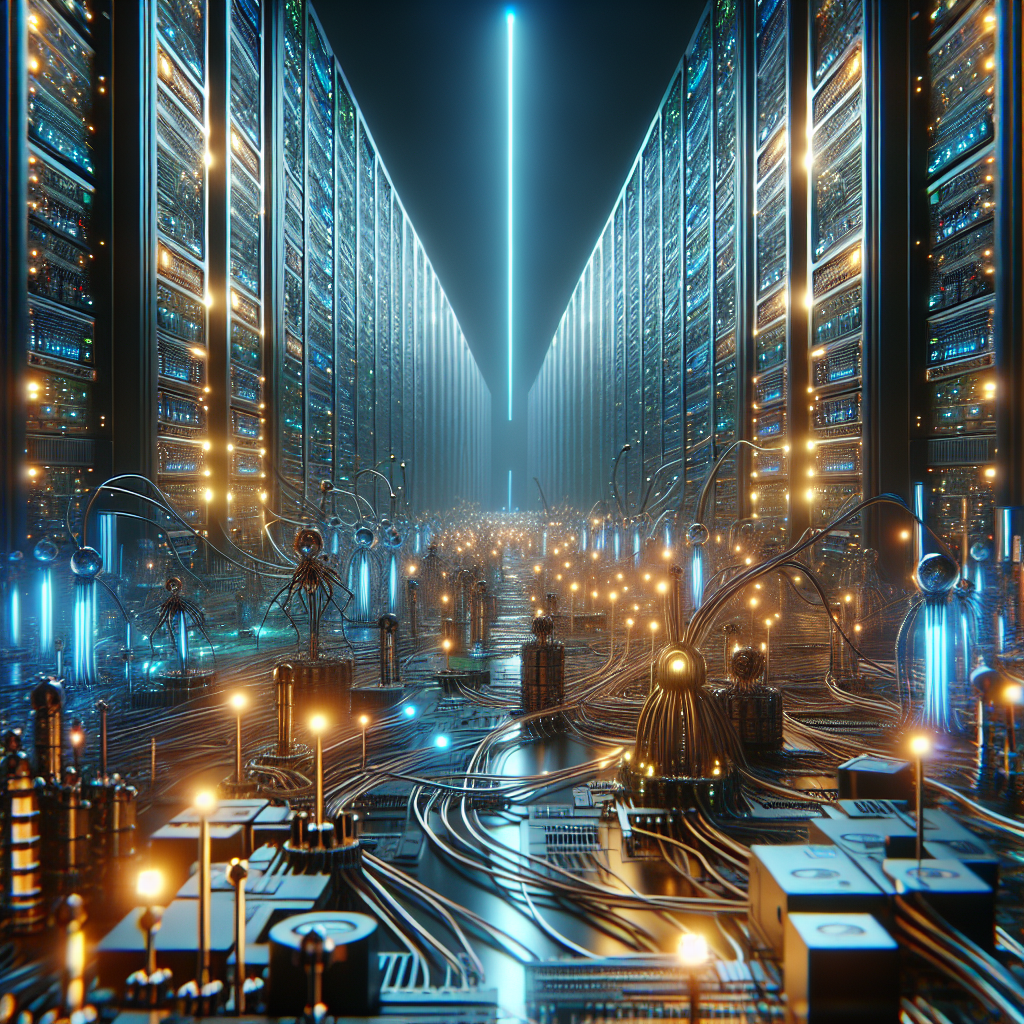
The internet was once imagined as a great equalizer, a vast network connecting people and spreading knowledge. What we actually got is something far stranger: an online world where most of the traffic doesn’t come from people at all, but from machines endlessly talking to one another. More than half of everything that moves across the network today is generated by bots. That fact alone should make us pause. But the real story isn’t that bots exist, it’s what they are being used for. Because not all bots are created equal. Some act as digital servants, working for us, while others have become digital parasites, draining energy and attention for no real human benefit.
When automation is put to work in service of people, the results can be extraordinary. Think of bots that gather information, feed it to large language models, and return a coherent, readable article. Or automated systems that translate medical research into dozens of languages, making knowledge accessible across the globe. These things cost electricity, yes, but the return is immense: one carefully designed workflow can consume a few kilowatt-hours and end up informing or entertaining thousands of people. The value produced is far greater than the cost of running it. The same applies to security bots, search indexers, and weather models. They consume resources, but they deliver something tangible and useful back to us.
The problem is that much of the network isn’t powered by servants but by parasites. Nearly half of all global email traffic is still spam. Malicious crawlers hammer websites by the thousands of requests per minute, not to help anyone but to strip content or harvest data. Engagement bots inflate social media numbers, manufacturing followers, likes, and views that no human ever generated. It’s an entire shadow economy of empty traffic that consumes the same servers, the same bandwidth, the same electricity as real activity. And that electricity isn’t free. Every useless email, every fake click, every bogus video view translates into real carbon emissions and real strain on the grids that keep our digital lives running.
At the center of it all sits the advertising industry, the largest parasite of them all. Close to a trillion dollars a year is poured into digital ads, a market dominated by Google, Meta, Amazon, TikTok and Musk’s X. Their business isn’t technology, it’s persuasion. And persuasion takes infrastructure. Behind every banner ad or influencer video is a chain of data centers, tracking systems, real-time bidding markets, and recommendation engines. The goal isn’t to inform, or educate, or empower, but simply to nudge us into buying something we hadn’t even thought about. It is hard to argue this is useful for humanity. It’s useful for shareholders. It keeps the lights on in Silicon Valley, while consuming an ever-growing share of the world’s electricity.
Datacenters now account for about one and a half percent of global power use, and the curve is pointing steeply upward. In Ireland the figure already exceeds twenty percent, and in Virginia nearly half the grid is consumed by server farms. Artificial intelligence has only accelerated the trend. A single ChatGPT query eats up nearly ten times the electricity of a Google search. Training large models requires energy on the scale of small countries. And cooling all this hardware adds another heavy layer of demand. By 2030, AI datacenters may draw more power than entire national economies. It would be easier to swallow if most of this energy was curing disease or solving climate change. But in reality, a frightening share of it is wasted on ad auctions, bot clicks, spam filters, and influencers selling sneakers.
The difference between a servant and a parasite comes down to one test: does the machine produce something of value for humans? If it delivers knowledge, safety, education, or entertainment, the answer is yes. If it clogs inboxes, inflates metrics, or runs endless persuasion campaigns, the answer is no. Bots that save lives or make science accessible are worth their energy. Bots that run click farms and push targeted ads are not. And when social media influencers churn out sponsored videos dressed as authenticity, they may look human, but they are really just part of the advertising machine.
Big Tech has no interest in drawing this line. For Google and Meta, a bot click is just as good as a human one. For TikTok and X, it doesn’t matter whether the engagement is authentic or manufactured, so long as the counter keeps spinning. Their profits come from activity, not value. In this sense, they are the landlords of the digital slum, charging rent on every passing packet, no matter how worthless. Society is left with the electricity bill.
This isn’t a problem that can be solved by hand-wringing. Just as we tax polluters in the physical world, we could make digital parasites pay their true cost. Spam, ad fraud, and fake engagement could be taxed at the infrastructure level. Companies that train AI on massive web scrapes without giving anything back could be required to return value to creators. Regulators could stop pretending advertising is free, and start counting its electricity footprint as part of its real cost.
The conversation about bots is too often painted as a dystopian fear: the machines are taking over. But machines already have taken over, at least in terms of volume. The real issue isn’t whether bots exist, it’s whether they serve us or waste our future. The answer isn’t fewer bots. The answer is better bots — servants, not parasites.
And if that means kicking the ankles of the giants who built trillion-dollar empires on parasitic traffic, then so be it. Because right now we are building an internet that consumes ever more electricity, burns ever more carbon, and delivers ever less to the very people it was meant to connect. The internet is ours. At least, it should be. It’s time to take it back.





















































